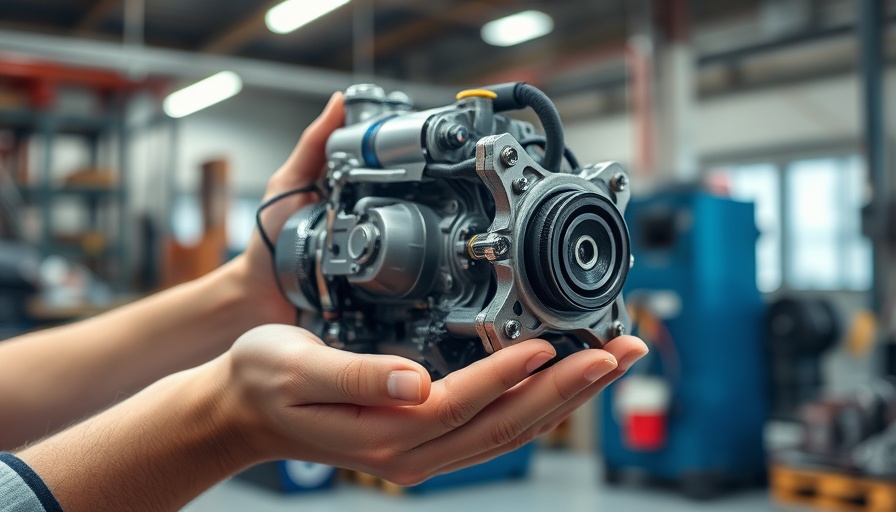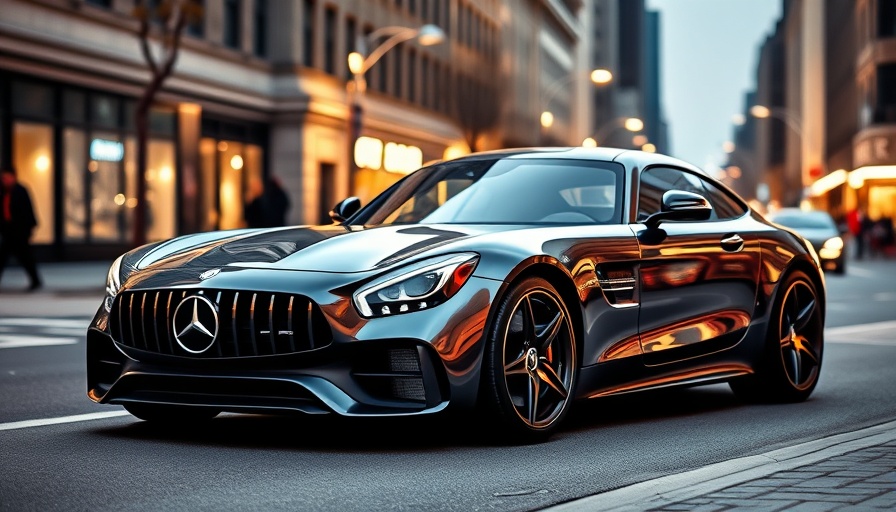
The Uncertain Future of Lamborghini's First EV
Lamborghini has long teased its first electric vehicle (EV), the Lanzador, a concept unveiled two years ago that was set to maintain the brand's prestige while embracing electric innovation. However, recent remarks from Lamborghini's CEO, Stephan Winkelmann, have raised eyebrows, suggesting that this much-anticipated model may transition into a plug-in hybrid electric vehicle (PHEV) instead of a fully electric model. With an expected launch date now pushed back to 2029, enthusiasts and this legacy supercar brand are watching closely for what the final product might entail.
The Changing Landscape of Electric Vehicles
As Winkelmann pointed out in an interview, the global acceptance of electric vehicles seems to be plateauing even beyond luxury automakers, making it particularly challenging for Lamborghini, a brand synonymous with raw power and performance. The hesitance to commit to a full EV product reflects a broader trend. While high-performance electric vehicles from established competitors like Tesla and brands from Porsche and BMW have garnered attention, interest in luxury EVs can fluctuate. With demands changing, Lamborghini's cautious approach makes sense.
High-Performance Plug-In Hybrids as a Viable Option
The luxury market for performance vehicles is rife with capable offerings, such as the BMW M5 and the Porsche Panamera Turbo S E-Hybrid. A Lanzador-like PHEV that incorporates both battery power and an internal combustion engine could compete effectively against these models, striking a balance for consumers who appreciate traditional power and cutting-edge technology. Lamborghini executives have referred to the Lanzador as a potential daily driver, rather than just a high-octane supercar, which aligns with the functionalities similar vehicles bring to the table.
What's at Stake for Lamborghini?
Deciding whether to release a PHEV or stick to the original plan of an all-electric Lanzador is crucial. If the brand opts for a hybrid model, it might face criticism if the market shifts back towards pure EV preferences. This dilemma underscores a significant risk Lamborghini faces—arriving in 2029 with a product that feels outdated or out of sync with consumer sentiment.
Impacts on Consumers and the Automotive Market
For car enthusiasts and prospective buyers, this uncertainty creates a dilemma. Do they hold out for Lamborghini's long-anticipated first EV, or will a plug-in hybrid serve as a more practical choice in an ever-evolving automotive market? The future direction could also influence the broader luxury auto market, impacting models and strategies from competitors as they assess consumer expectations and technological advancements.
Conclusion: A Waiting Game for Enthusiasts
As Lamborghini navigates this pivotal moment, consumers interested in high-performance luxury vehicles will eagerly await updates. The decision can potentially reshape Lamborghini's position in the market and determine whether they uphold their prestige or adapt to a changing automotive landscape. The anticipation surrounding the Lanzador continues, making it essential for buyers to stay informed about the latest developments.
 Add Row
Add Row  Add
Add 




Write A Comment